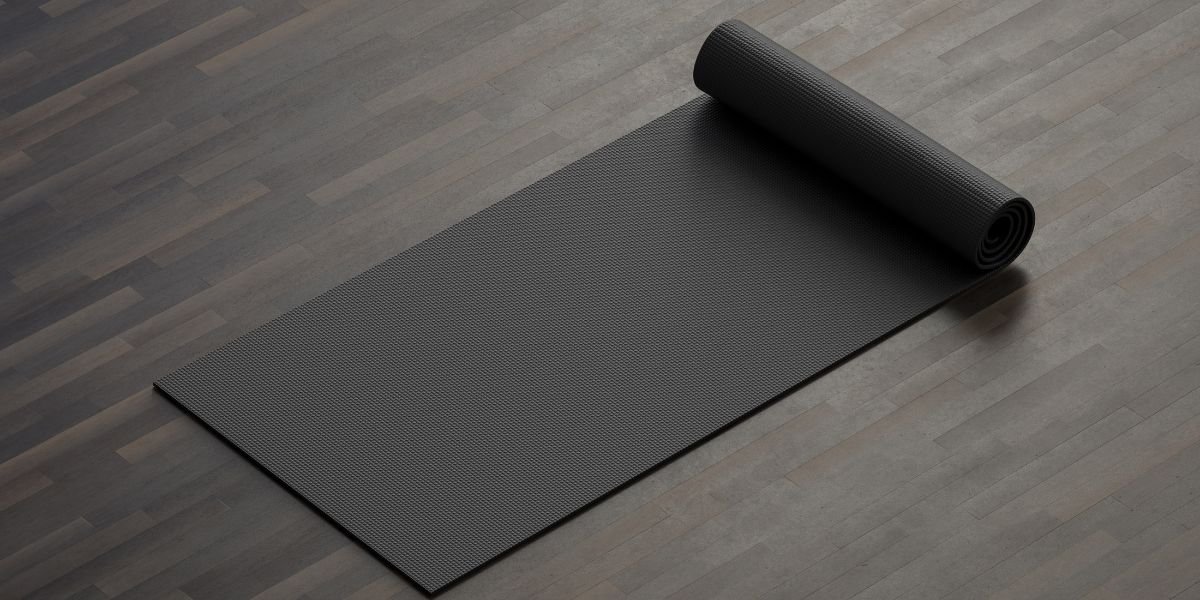
When stepping onto your yoga mat, the thickness beneath you can significantly impact your practice. You might be wondering which thickness suits you best, but the answer isn't one-size-fits-all. Factors like your preferred yoga style and body's needs play a crucial role in this decision. So, before making your choice, consider how a simple change in mat thickness can elevate your practice to new heights.
Importance of Yoga Mat Thickness
Choosing the right yoga mat thickness significantly impacts your practice and overall comfort level. The thickness of your yoga mat affects how comfortable you feel during poses and how well your joints are supported. A thicker mat, typically around 6mm or more, provides extra cushioning for your knees, elbows, and spine, making it ideal for individuals with sensitive joints or those who practice on hard surfaces. This added cushioning can help prevent discomfort or pain during prolonged periods of practice, allowing you to focus more on your movements and breathing.
On the other hand, a thinner mat, usually around 3mm or less, offers a firmer and more stable foundation for balancing poses and standing postures. It provides a closer connection to the ground, which can enhance your stability and alignment during practice. While thinner mats may not offer as much cushioning, they're lightweight and easy to transport, making them convenient for yogis on the go. Ultimately, the best yoga mat thickness for you depends on your personal preferences, body type, and the type of yoga you practice.
Factors to Consider
When deciding on the ideal yoga mat thickness for your practice, various factors come into play that can significantly impact your comfort and performance. One crucial factor to consider is the type of yoga you practice. For example, if you primarily engage in high-impact practices like Ashtanga or Vinyasa, a thicker mat may provide better cushioning for your joints during dynamic movements. On the other hand, if you practice gentle forms of yoga such as Yin or Restorative, a thinner mat might offer a more stable and grounded feel.
Your personal preferences and body type also play a role in determining the right thickness for your yoga mat. If you have sensitive knees or joints, a thicker mat could offer the support needed to prevent discomfort or injuries. Additionally, your level of experience can influence your choice; beginners may benefit from extra cushioning as they familiarize themselves with different poses, while experienced practitioners might prefer a thinner mat for better stability and balance.
Best Thickness for Different Practices
For various yoga practices, the optimal mat thickness can vary based on the intensity and style of the practice. In general, for low-impact practices like Yin or Restorative Yoga, a thinner mat around 1/16 inch to 1/8 inch can provide ample support and stability for your poses. These practices focus more on relaxation and gentle stretching, so a thinner mat is usually sufficient.
For more dynamic practices such as Ashtanga or Vinyasa Yoga, where you're constantly flowing and moving between poses, a thicker mat in the range of 1/4 inch to 1/2 inch can cushion your joints and provide added comfort during transitions. The extra thickness absorbs impact and can help prevent injuries during more vigorous sequences.
If you practice a mix of different styles, a medium thickness mat around 1/8 inch to 1/4 inch could be a versatile choice that offers a balance of support and cushioning for various types of practices. Consider your primary style of yoga and how much padding you need when selecting the ideal mat thickness for your practice.
Tips for Choosing the Right Thickness
To ensure optimal comfort and support during your yoga practice, consider the thickness of the mat that best suits your preferred yoga style and intensity level.
For practices that involve more standing poses and balancing, such as Vinyasa or Ashtanga, a thinner mat around 1/16-inch to 1/8-inch thick may provide the stability and connection to the floor that you need. These thinner mats offer better traction and a firmer surface for your poses.
On the other hand, if you prefer restorative or Yin yoga where you spend more time on the floor in seated or reclined positions, a thicker mat around 1/4-inch to 1/2-inch could offer more cushioning for your joints and added comfort during longer holds.
Remember that the goal is to find a balance between the mat's thickness and your practice needs to enhance your overall experience on the mat. Experiment with different thickness options to discover what feels best for you.




